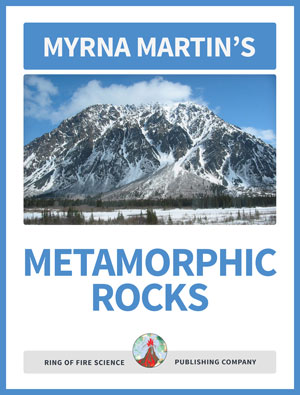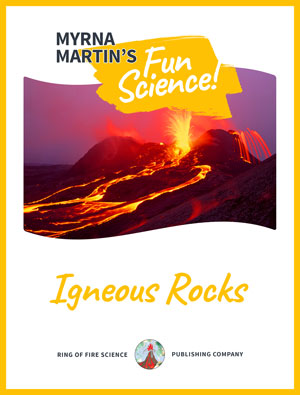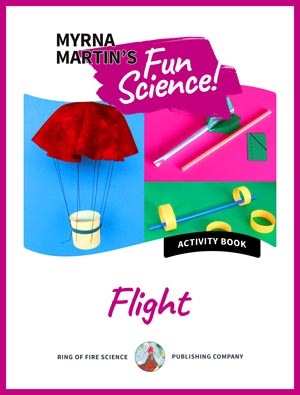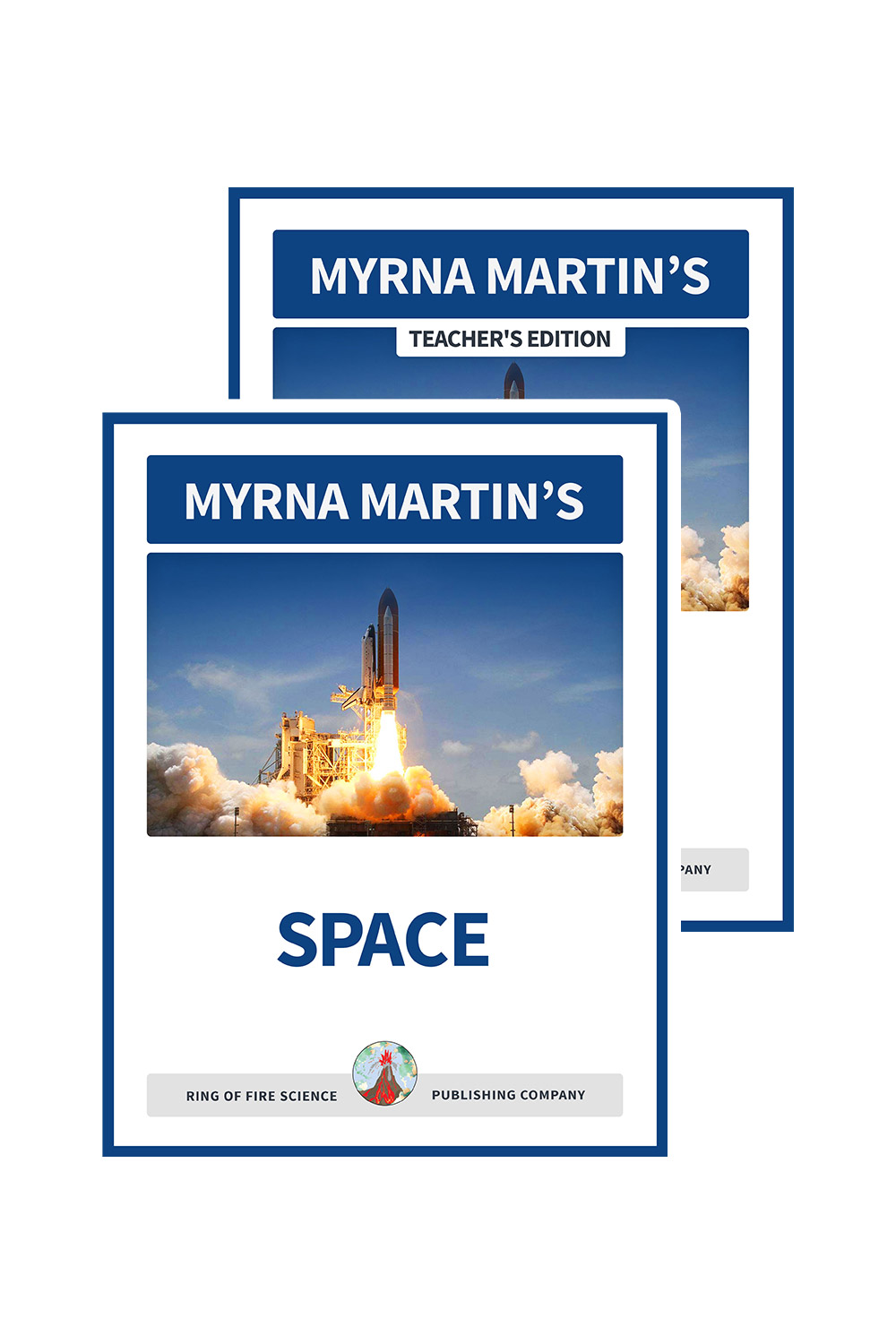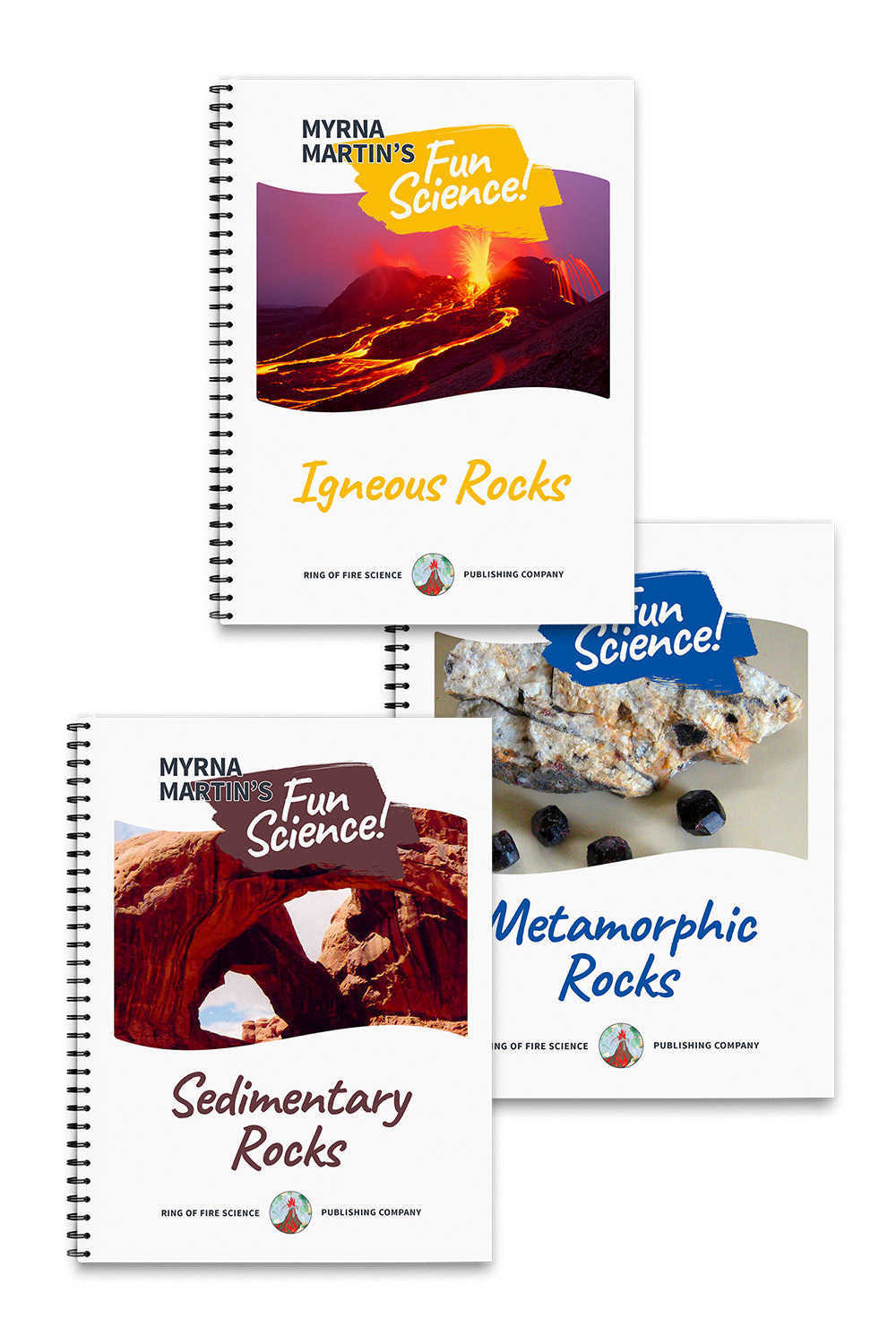Planet Earth
Planet Earth rotates around the sun
Planet Earth is part of the Solar System
Planet Earth is part of the Solar System with the Sun as its center. Everything revolves around the Sun and is held together by the gravitational pull of the Sun. Mercury, Mars, Venus, and Earth are the four rocky planets in the Solar System.
As Planet Earth formed heavy elements sank
During the formation of the planet to the heavier elements sank toward the center of the Earth while the lighter elements formed the outer layers of the planet.
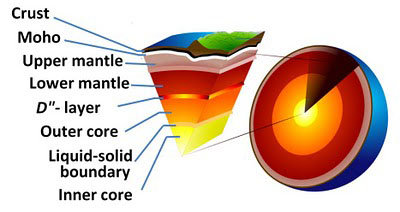
The Earth's interior
The Earths interior has been studied using earthquake waves. Lying at the center is the Earths core which has two layers. The inner core is solid containing extremely hot metals (iron and nickel). It lies at a depth of 3,160-3,954 miles deep.
The outer core is extremely hot and the rocks melt at the boundary between the mantle and outer core. The Earths inner core begins at a depth of 1,790-3,160 miles. Earth's magnetic field stretches from Earths inner core to where it meets the Solar Wind.
Earth's mantle
The Earths mantle lies above the core. Although the Earth's mantle and core are approximately the same thickness the mantle contains 84% of Earth's mass. The two cores contain only 15% of Earth's mass.
Earth's crust
Earths crust contains the rigid rocks that are broken into crustal plates. The tectonic plate boundary of the crustal plates was determined by the patterns of earthquake waves that occur in the crust.
The lithosphere contains both the crust and parts of the upper mantle. The asthenosphere are weak rocks that allow plate movements on the surface of the Earth.
There are two types of crust. Continental crust contains the continents and the rocks are lighter than the oceanic crust. Oceanic crust contains dense rock from the upper mantle that are rich in iron minerals. Both crusts are in constant motion. Scientists use GPS to study movement of the different tectonic plates that cover the Earth.
Earths atmosphere
The Earths atmosphere is an ocean of air that lies above the Earth's surface. It is divided into five major layers. The layers are divided by temperature and the atoms found in each layer. We live at the bottom of the atmosphere where there is sufficient air to support life on our planet and where weather occurs.
The Alaska Northern Lights are created by the solar wind from the Sun. When there is an increase in solar activity the solar wind interacting with the atmosphere produce the beautiful display of lights both in the Northern and Southern Hemispheres.
More Planet Earth Links
Lithosphere Earth's lithosphere is the outer shell of the planet. It contains both the crust and part of the upper mantle.
Earths Core Find out how scientists use earthquake waves to study the Earth's core.
Asthenosphere Find out how scientists proved the existence of the asthenosphere after the Great Chilean Earthquake in 1960.
Earths Atmosphere Find out how the layers above Earth have formed and their importance to life on our planet.
Tectonic Plate Boundary Find out how and where tectonic plate boundaries form on our planet.
Plate Movements Do you know what are divergent plate boundaries, convergent boundaries and transform faults. Find out on this page.
Crustal Plates Find out how continental crust and oceanic crust forms on our planet.
The Earths Mantle Find out about the Earths mantle that contains 84% of the Earth's mass.
Earths Interior Find out about layers that have formed inside out planet and how they were discovered.
Alaska Northern Lights Learn how and why the Northern Lights light up the sky in the Northern Hemisphere.
Earths Crust Find out where the newest crust on our planet forms and which type of crust is the oldest.
Planet Earth Find out about the different layers that make up planet earth from the core to outer space.
Home Page The Science Site contains information on our planet, volcanoes, science activities, earthquakes and much more.
Kids Fun sCIENCE bOOKSTORE
Check out Myrna Martin's award winning textbooks, e-books, videos and rock sets. The Kids Fun Science Bookstore covers a wide range of earth science topics. Click here to browse.
Sign up to our monthly newsletter and receive our FREE eBook containing 3 fun activities that don’t appear in any of our other books!
The Kids Fun Science monthly newsletter will include the following: current events, weird and fantastic facts, a question of the month, science trivia and the latest new content from our website.
We respect your privacy and you can be assured that we will never share your email address or use it for any other purpose than to send you our newsletter.



